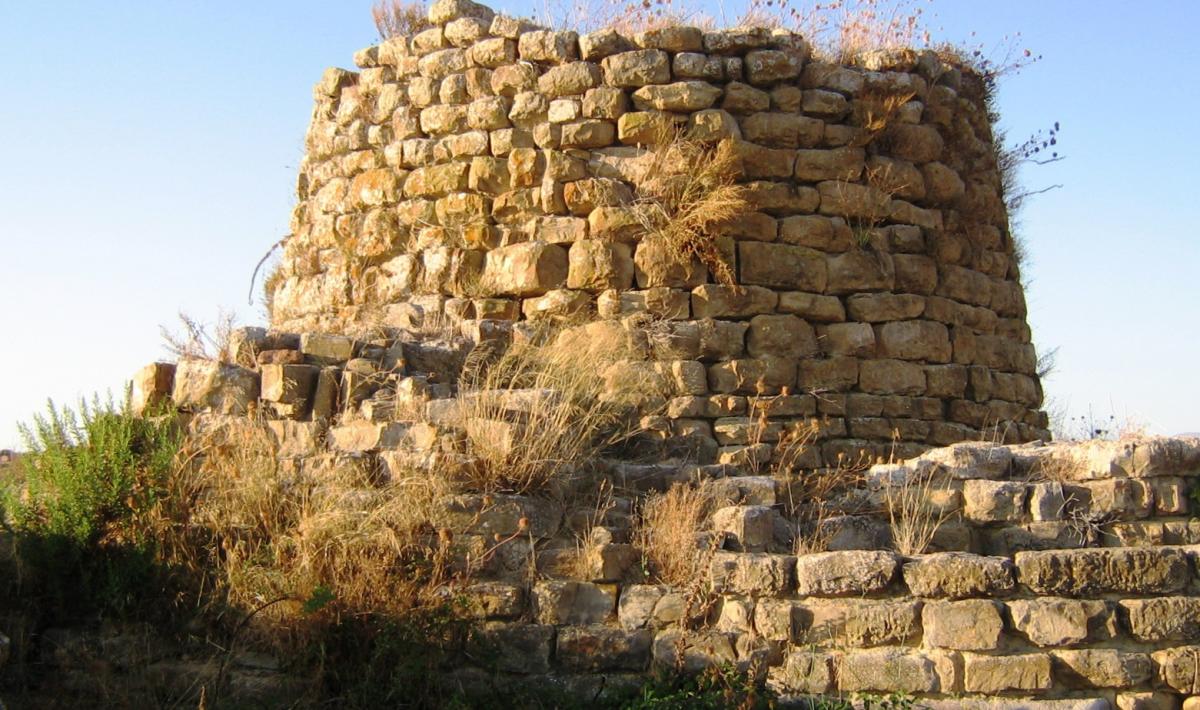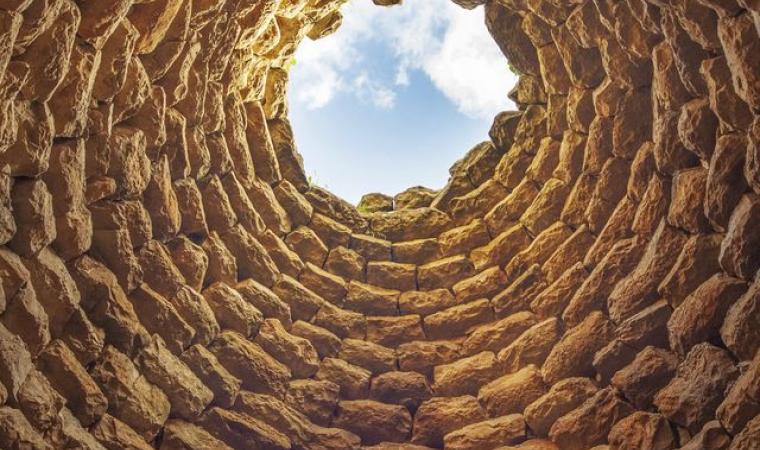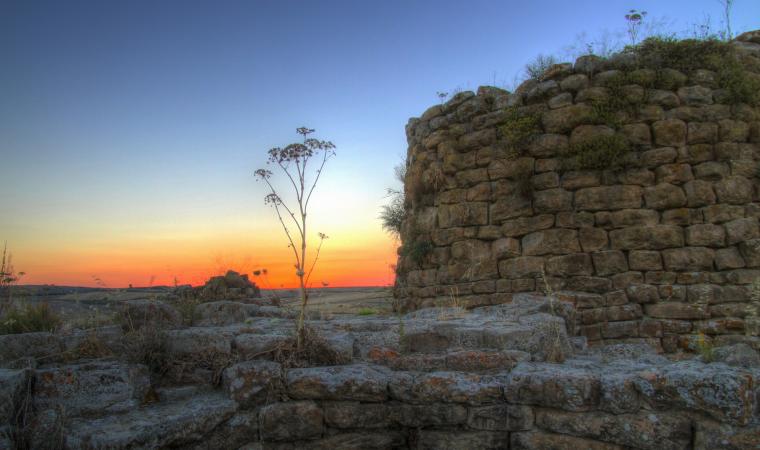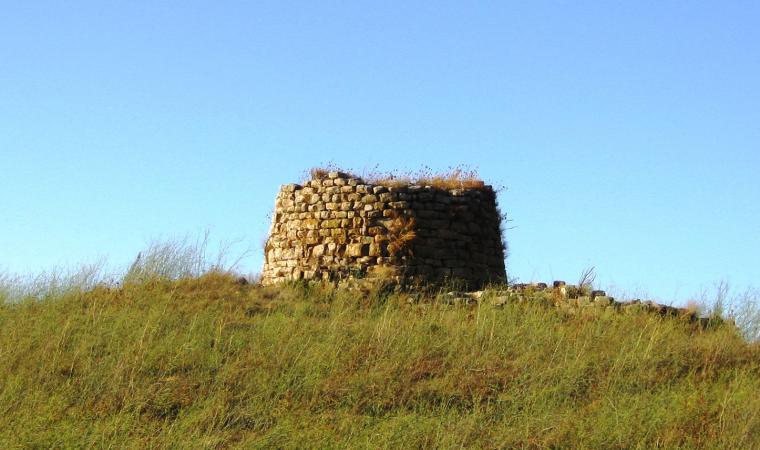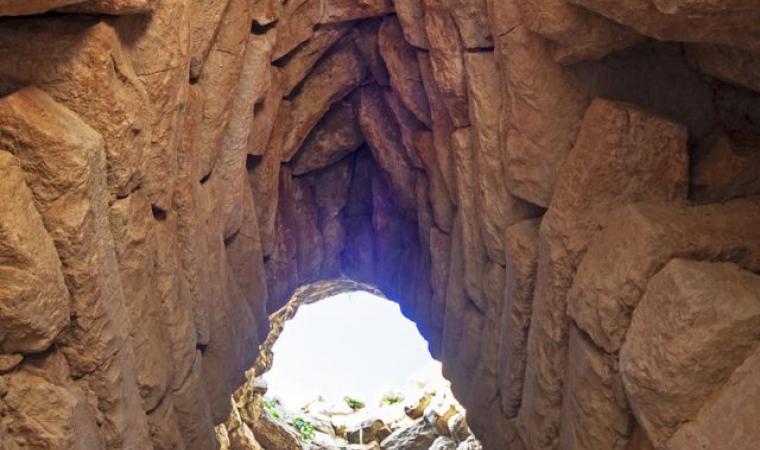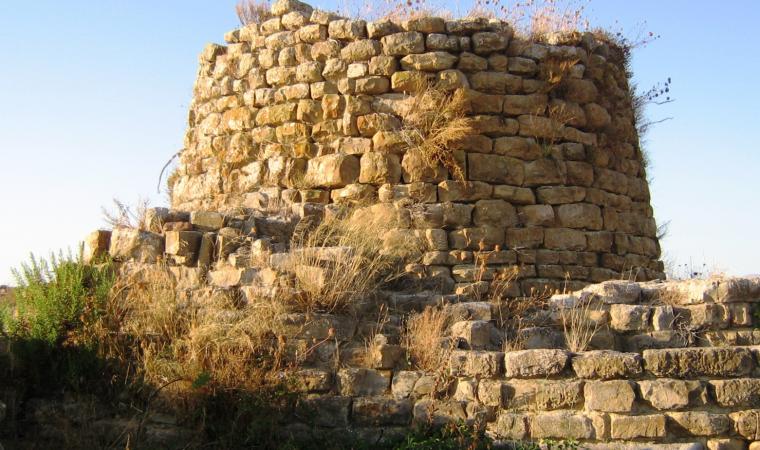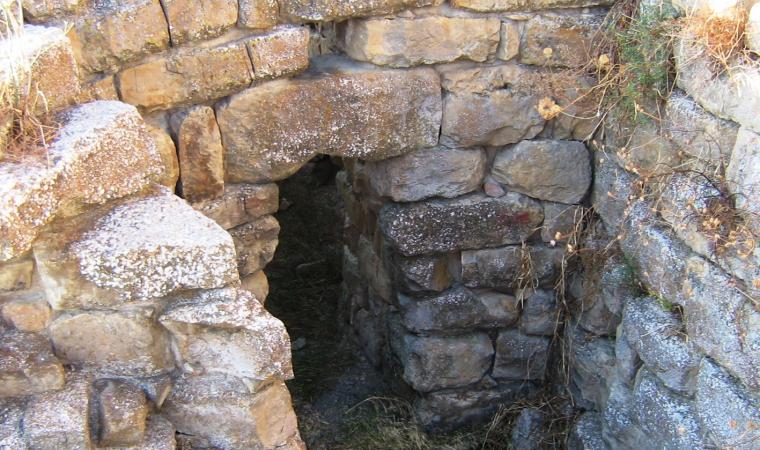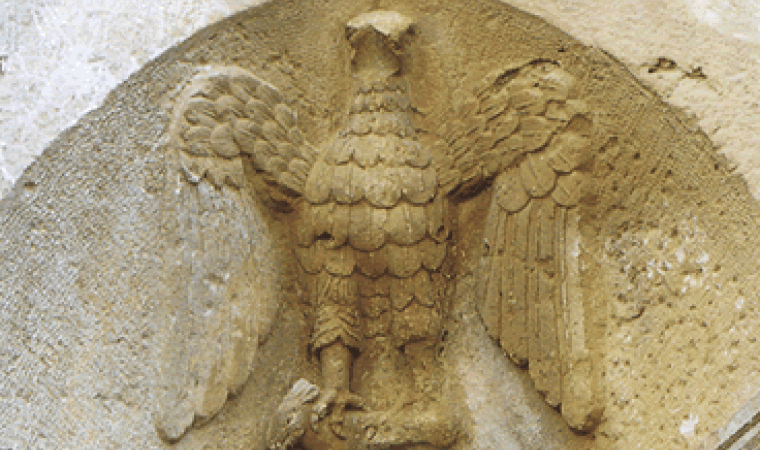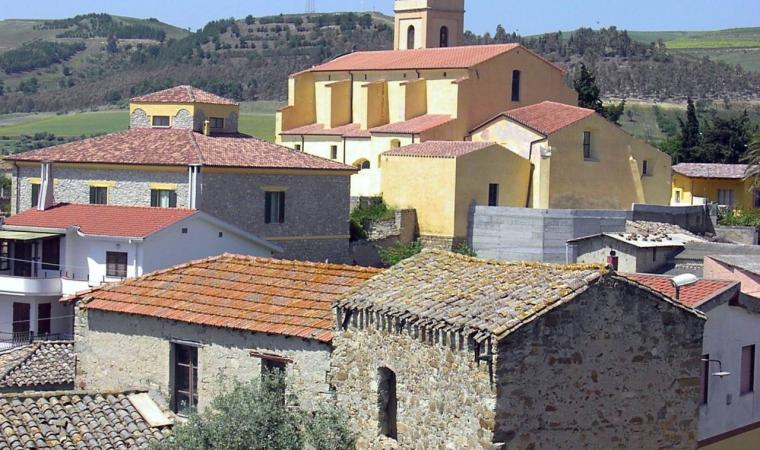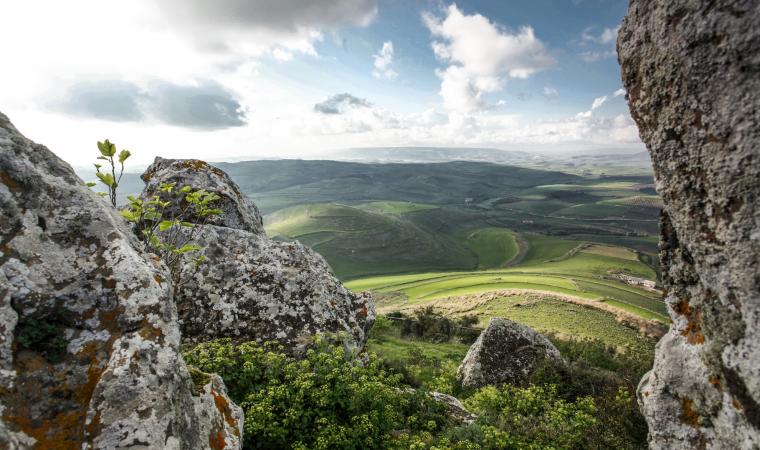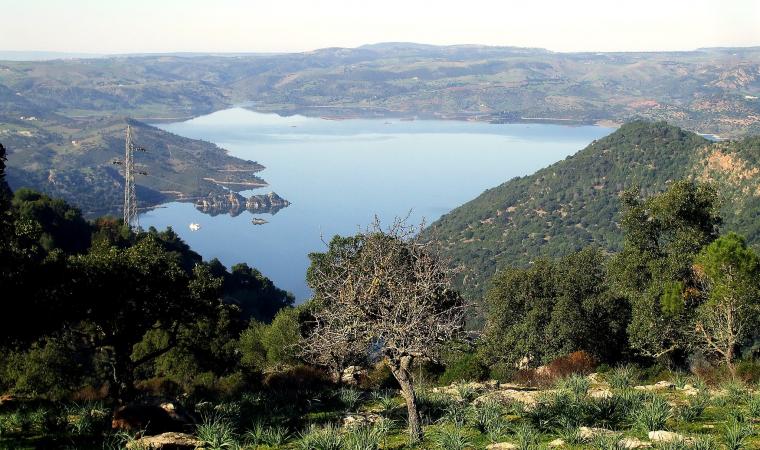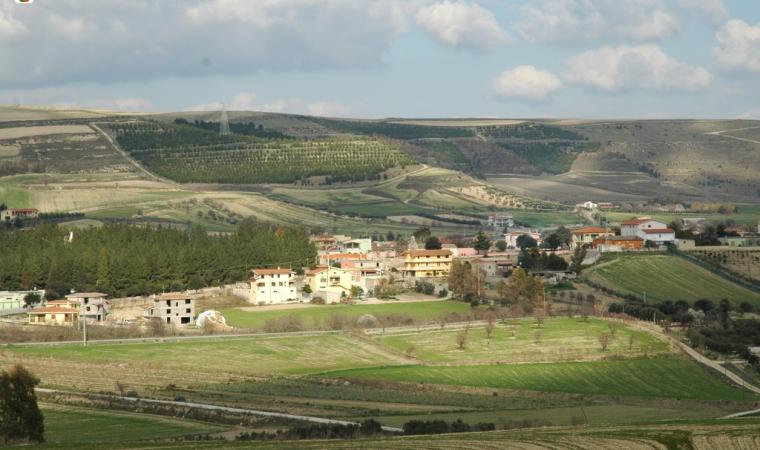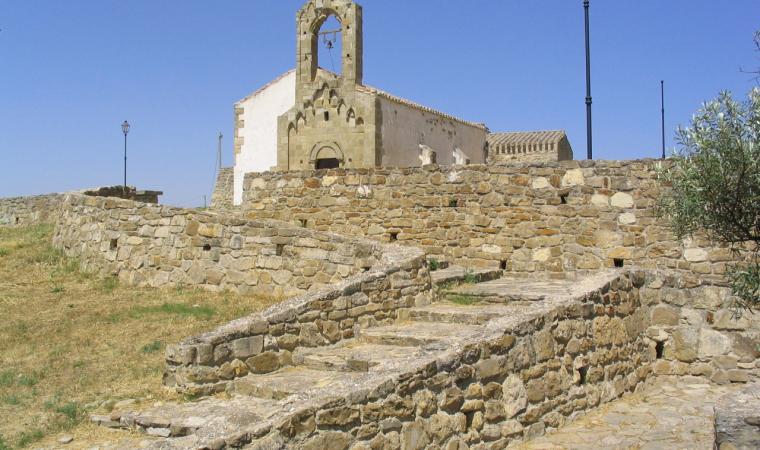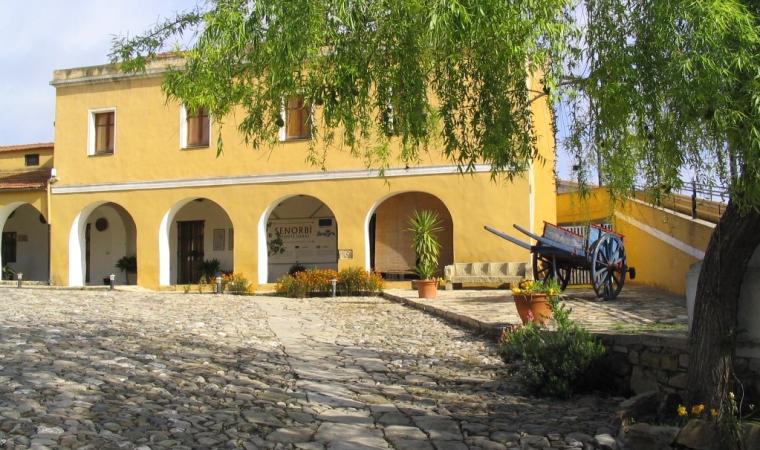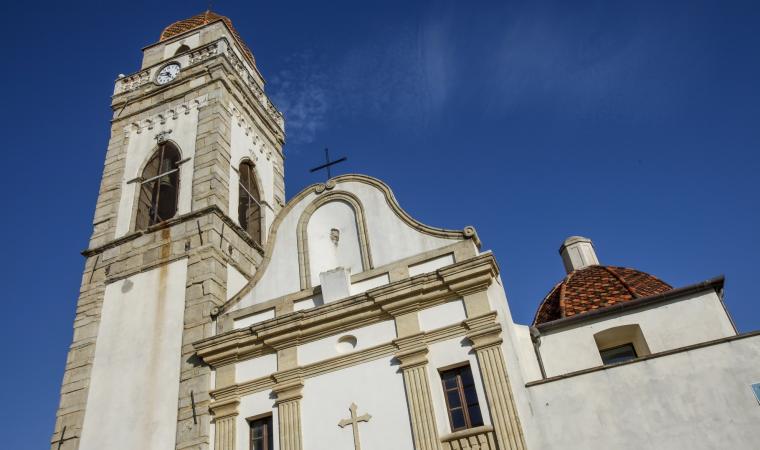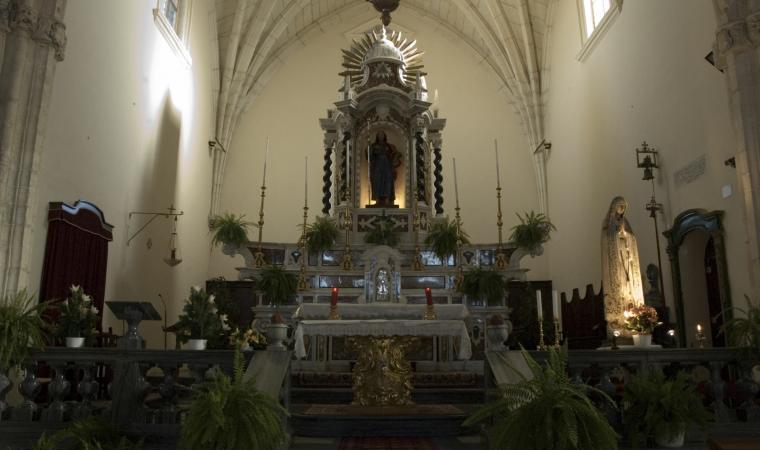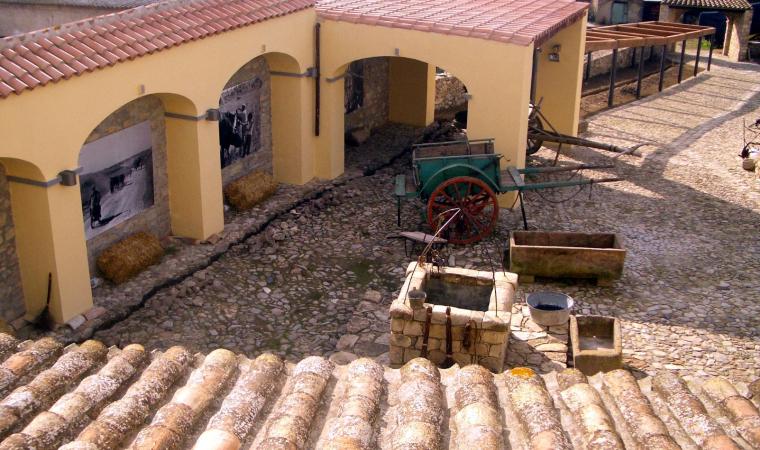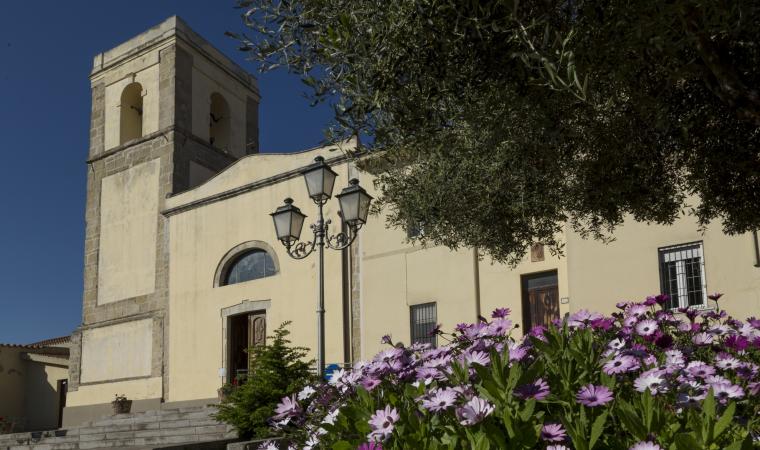The name is said to derive from su piscu, the bishop of the diocese of Barbaria, who received numerous donations from the judges of Cagliari, including the land where the archaeological park stands. The Piscu Nuraghe stands imposingly on a hill, along the SS 128 road to Senorbì and Mandas, just a short distance from Suelli, which was the bishop's seat in the Middle Ages and has always been a centre of veneration for Saint George the bishop.
Mentioned in various medieval documents and known locally as sa domu de s orcu, the Piscu is the most monumental and best preserved of the 200 nuraghi surveyed in Trexenta, archaeologically 'investigated' and restored in the 1980s. The majestic complex architecture arose between the Middle and Recent Bronze Age (15th-11th centuries BC), built of marl blocks, hewn and arranged in regular rows, and consisting of a main tower, the oldest of the structure, and four corner towers, joined by thick walls, which were built at a later stage. Inside the bastion, almost a square with sides of about thirty metres in length, is a courtyard. Around it, a low bulwark of large boulders 'embraces' five projecting towers and encloses a village of numerous circular and quadrangular huts.
The main tower, nine metres high and eleven metres in diameter, is accessed through an architraved entrance with a relieving space above. The corridor has two opposing niches and leads into the large tholos (a false dome) chamber, built with hewn blocks of limestone. The technique is 'overhanging': the rings decrease in diameter as you ascend. Originally it must have consisted of two floors accessible by a staircase or through external terraces. The corridor then leads into the courtyard, with entrances to the four secondary towers of different sizes. Two of them are contiguous, so the unusual plan appears to be that of a trilobate rather than a quadrilobate structure. The four towers have niches and slits, the largest being similar in size to the keep, with a circular chamber and a T-shaped room. On the inside of the wall, a well has been unearthed, which served as a cistern for collecting rainwater. Various types of vessels were found at the bottom, some small with handles and diagonally cut upper openings (possibly glasses). The first excavations date back to 1860: in the keep, a large jar embedded in the ground and covered with a plaque, oyster shells, boar tusks and animal bones were found; in a chamber and in the hallway, a bronze bowl, potsherds, pieces of millstones, a piece of marble, perhaps used for tanning hides and charred grain.
The Piscu is the most iconic building in an area with many pre-historic finds, guarding the surrounding fertile valleys. From the small hill on which it stands, you can see other nuraghi, some 15 of them, including Planu Senis, as well as pre-nuragic sites, such as the necropolis of Pranu Siara and Santu Perdu.

